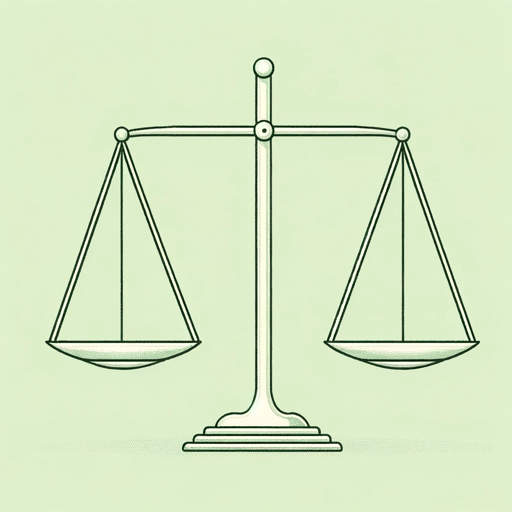48 pages • 1 hour read
Richard H. Thaler, Cass R. SunsteinNudge: Improving Decisions About Health, Wealth, and Happiness
Nonfiction | Book | Adult | Published in 2008A modern alternative to SparkNotes and CliffsNotes, SuperSummary offers high-quality Study Guides with detailed chapter summaries and analysis of major themes, characters, and more.
Part 2Chapter Summaries & Analyses
Part 2: “The Tools of the Choice Architect”
Part 2, Chapter 4 Summary: “When Do We Need a Nudge?”
Thaler and Sunstein begin with what they call the “golden rule of libertarian paternalism” (91): the nudge should be as unlikely as possible to cause harm and very likely to help. There are a variety of situations, they write, in which nudges are most likely to be useful. These include occasions in which decisions are very difficult, when feedback on these decisions is lacking, and when the decision requires very little direct attention.
They center most of the chapter around a hypothetical situation in which the reader is asked to imagine herself as a choice architect whose responsibility it is to “design the choice environment” for some group of people (92). Thaler and Sunstein inquire into the knowledge required by a choice architect. The first thing they stress is awareness of human forgetfulness. A good choice architect might make use of cues and apps to gently remind people of their appointments and responsibilities. They cite data from the 2008 American presidential election in which “get out to vote” reminders significantly improved turnout. They also discuss the importance of making checklists during procedures. They cite Atul Gawande’s book, The Checklist Manifesto, which details the value of checklists in the operating room.


